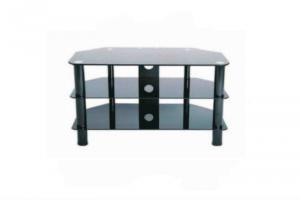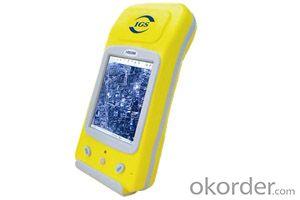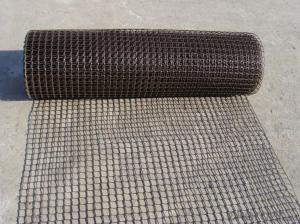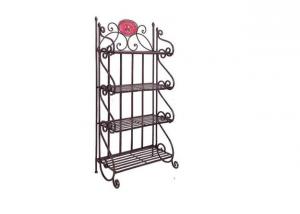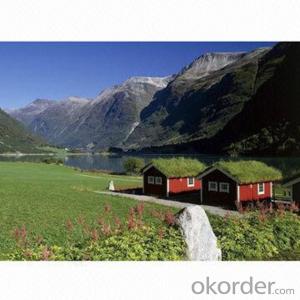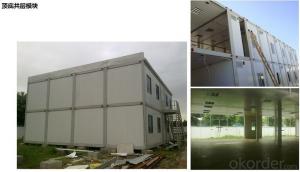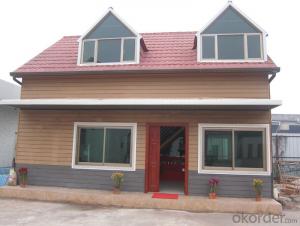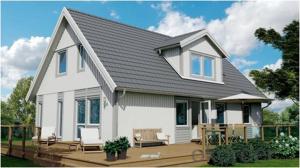Kmart Garden Center
Kmart Garden Center Related Searches
Kmart Trolley Greenhouse Garden Center Local Garden Supply Stores Yard Supply Stores Garden Greenhouse Nj Small Backyard Greenhouse Fountain Chocolate Walmart Online Electronics Store Garden Bench Sale Heated Greenhouse Kit Nursery Greenhouse Target Chocolate Fountain Costco Chocolate Fountain Chocolate Fountains For Sale Walmart Best Buy Electronics Store Garden Screen Netting Reinforcement Grid Garden Tractor Dozer Blade Store For Kitchen Supplies Cake Beater Machine Online Kitchenaid Coffee Machine Contemporary Garden Pots Aerator YardKmart Garden Center Supplier & Manufacturer from China
Kmart Garden Center offers a wide range of gardening products, including tools, plants, and accessories, catering to the needs of both amateur and professional gardeners. These products are designed to enhance the gardening experience, making it easier and more enjoyable to maintain and develop outdoor spaces. From gardening gloves and watering cans to a variety of planters and seeds, Kmart Garden Center provides everything needed to cultivate a thriving garden.The products found in Kmart Garden Center are versatile and can be used in various settings, such as residential gardens, community parks, and commercial landscaping projects. Whether it's planting flowers, vegetables, or maintaining lawns, these gardening essentials are indispensable. They help gardeners of all skill levels to achieve their desired results, from beautifying their surroundings to growing their own produce.
Okorder.com is a reputable wholesale supplier of Kmart Garden Center products, boasting a large inventory to meet the demands of retailers and consumers alike. With competitive prices and reliable shipping, Okorder.com ensures that customers can access the high-quality gardening products they need to keep their outdoor spaces flourishing.
Hot Products

